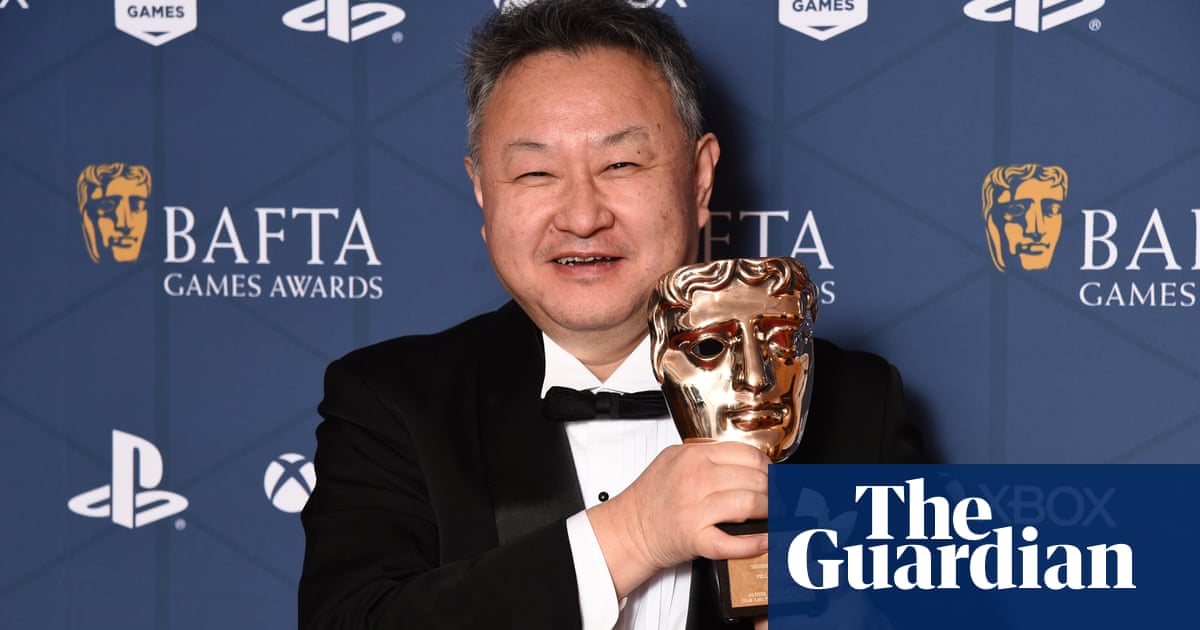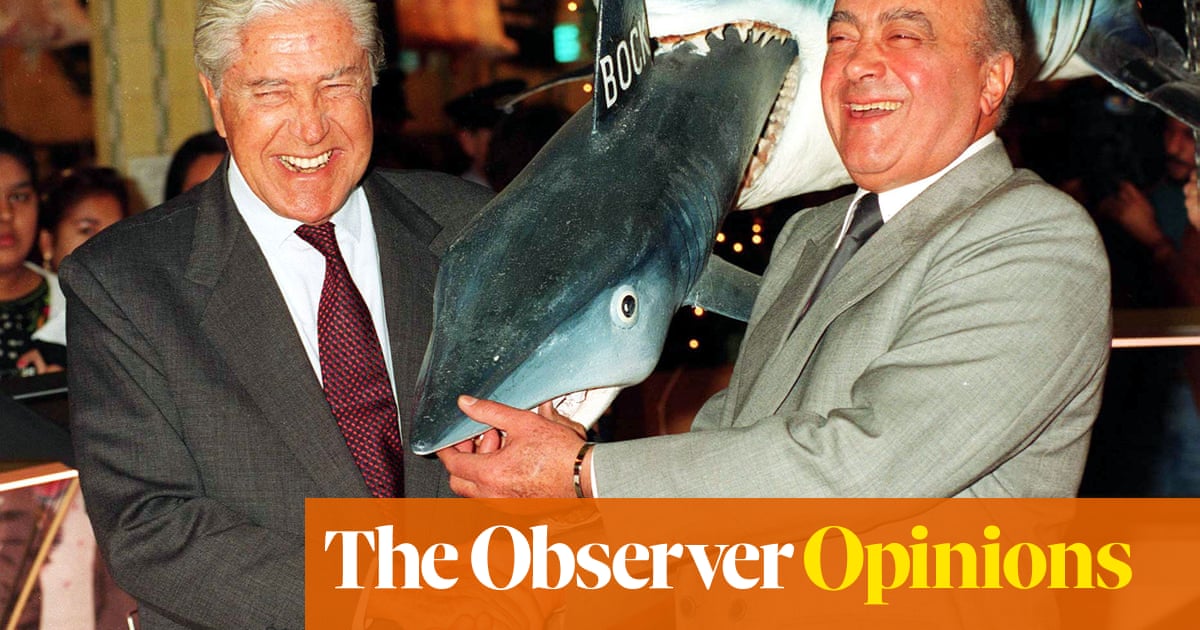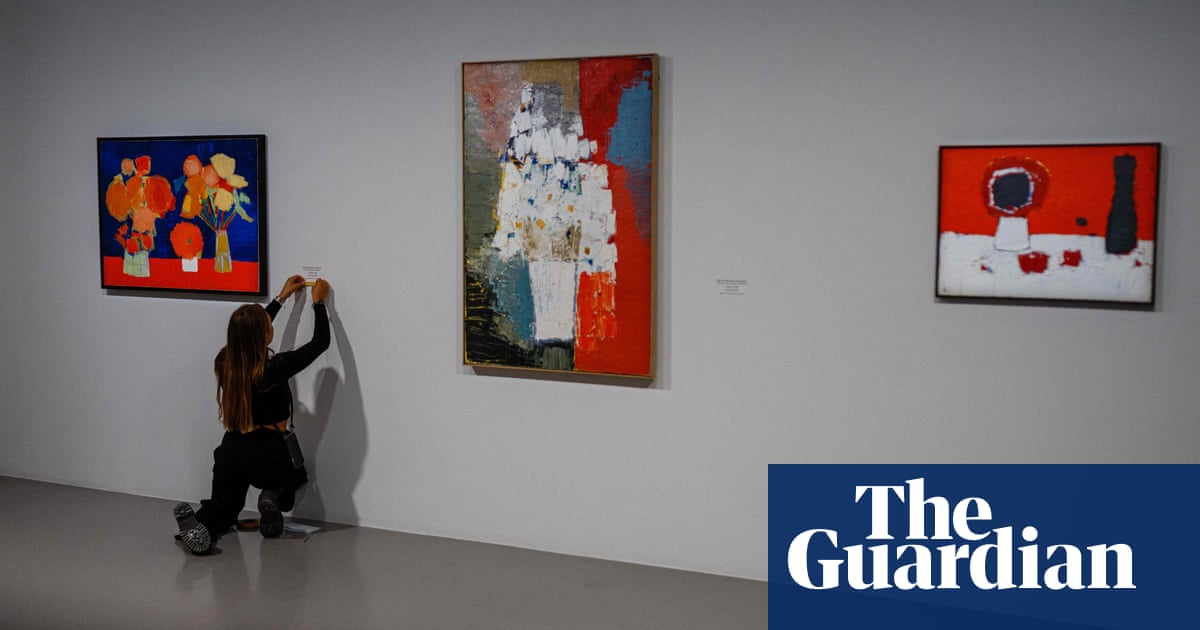
There was a sense of fundamental cultural change in the air – or that’s how I remember it. Nineteen ninety-five was the year I started out in video game journalism, as a writer for Edge magazine, the most forward-looking gaming publication in the world at the time. My introduction to the industry was booting up a brand new PlayStation and scorching through the UK launch titles. The machine had been available for several months in Japan, and Edge staff had played all the key games in their original NTSC format. They wanted me to catch up. At that time, Edge was on the top floor of Future Publishing’s Beaufort House office, a converted pub, just off Queen’s Square in Bath. While the older legacy publications – Total, Games Master, Sega Power – were crammed in on the ground floor, Edge shared upstairs with the brand new Official PlayStation Magazine. It felt like exactly the right place to be.
When thinking about PlayStation, especially today on the 25th anniversary of its UK launch, it’s easy to trot out the technological advances the machine made. Following the 16bit consoles – the SNES and Mega Drive – PlayStation was among the first generation to prioritise 3D visuals, its powerful graphics co-processors able to throw 200,000 polygons a second around the screen in a dazzling display of graphics wizardry. When you played Ridge Racer or fighting game Toh Shin Den for the first time, when games such as Tomb Raider and Resident Evil arrived, you almost couldn’t believe the lifelike cinematic clarity, the swirling cameras, the depiction of real, explorable environments. It was like a dimensional doorway opening.
But it wasn’t just the tech. What Sony did more than any other hardware manufacturer at the time was tap into the wider culture. When we were playing games in the Edge office, we were listening to the electronic dance music of the time: Chemical Brothers, Leftfield, BT, William Orbit. These artists had grown up with games and were playing them alongside us. So when the WipEout soundtrack featured Chemical Brothers; when Sheffield-based Gremlin Interactive hooked up with Warp Records for its PlayStation games; when influential graphic design studio Designer’s Republic moved its Japan-influenced art from album covers to game packaging, it all made sense – everyone was using the same reference points. Everything felt connected and games were intrinsic for once. The first record I ever reviewed was a Goldie remix of the Tekken soundtrack – the record label sent it to us at the same time as it went out to ID and the Face. It was unprecedented.
In addition, Sony had no baggage in the games industry. Other than its abortive SNES add-on project with Nintendo, it didn’t have a legacy to live up to, so it was free to reinvent what games were and where they fitted in. I can remember seeing the incredible Double Life commercial and being mesmerised that a video game console could be promoted that way; using masked gangsters and lone women in dirty bedsits. Not even Sega – the master of in-your-face advertising – had imagined games in this way; as something unabashedly, inarguably cool.
We were coming out of a recession. Young professionals unable to afford their own houses were living together, extending their teenage years way into their 20s. A big deal has been made of Sony invading the clubbing scene – with the famous PlayStation chill-out room in the Ministry of Sound being the key example. But for a lot of us, the post-pub PlayStation session became an alternative to clubbing – it was cheaper and, hell, the music was the same anyway.
Games also tapped into the (ugh, sorry) lad and ladette culture of the era. The Official PlayStation Magazine was devised as a lifestyle mag to sit alongside FHM and Loaded, rather than a computer games publication. It was big and glossy and loud, and it had a proper photography budget. Its cover discs, filled with demos of incoming games, became essential items, propelling magazine sales into the hundreds of thousands. For a long stretch, OPM was one of the biggest-selling monthly publications in the country, attracting the sort of youth brand advertisers games had never seen before. We felt like we were at the centre of things.
It was so exciting. The blockbusters were wonderful – Metal Gear Solid, Tekken, Driver – but so were the games that sought to open up the audience. PaRappa the Rapper, Bust a Groove, Beatmania – titles you could bring home to a household of non-gamers and get them indoctrinated. The next day you’d walk to work humming Master Onion’s rap.
In 1995, it felt as if we were on the brink of something new – the digital age. Games as art, games as gigs, games as cinema. Games moving from the bedroom to the living room to the club and the festival. Those ideas, trite now, were new once. I was in my 20s, living with four other journalists in a house jammed with consoles. PlayStation was the one all our friends and partners knew about or wanted to know about. There was always something brand new and thrilling to show them.












